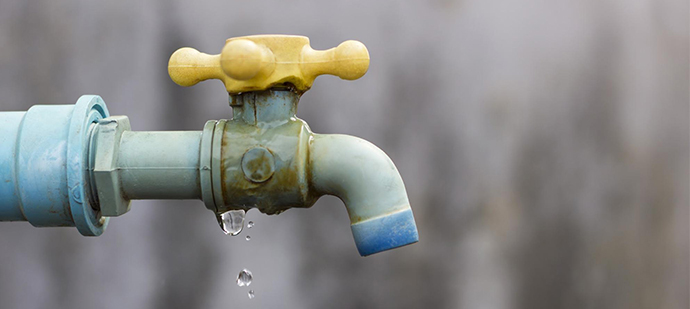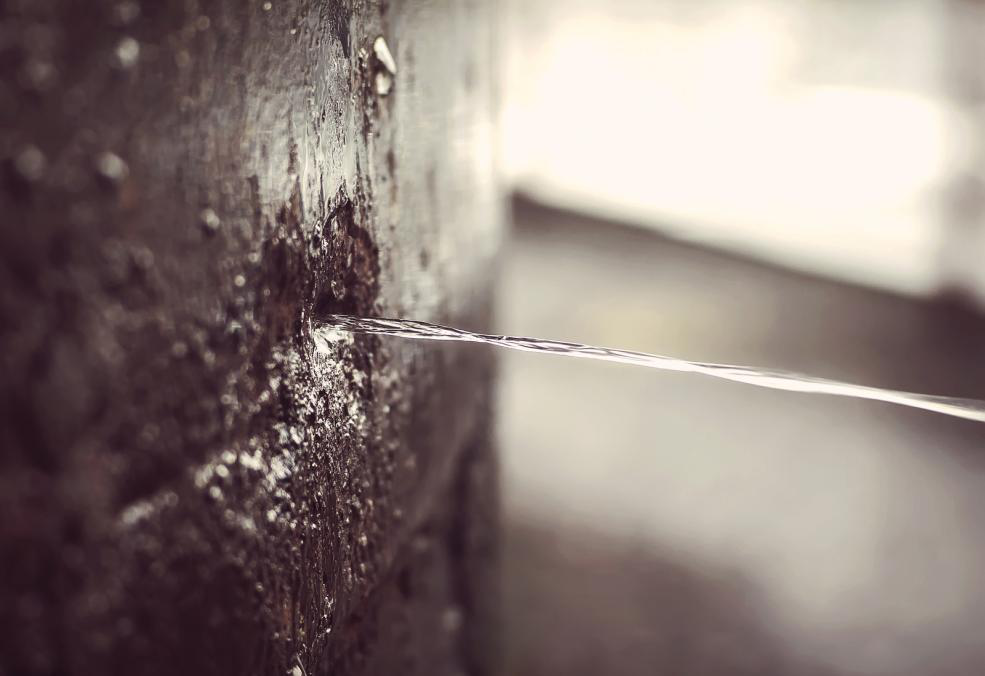Finding Concealed Water Line Leaks: Six Proven Strategies
Finding Concealed Water Line Leaks: Six Proven Strategies
Blog Article
We have stumbled upon this article pertaining to Leaking water lines below on the net and reckoned it made perfect sense to talk about it with you on this site.

Early detection of leaking water lines can mitigate a possible calamity. Besides saving you cash, it will lessen the worry as well as disappointment. The minute you discover a leak, calling your plumber for fixings is the very best remedy. Some little water leaks might not be noticeable. If you can not detect it with your nude eyes, below are some hacks that aid.
1. Examine the Water Meter
Every house has a water meter. Inspecting it is a guaranteed way that assists you find leakages. For starters, turn off all the water sources. Guarantee no one will certainly purge, utilize the faucet, shower, run the washing equipment or dishwasher. From there, most likely to the meter and watch if it will alter. Because nobody is using it, there need to be no movements. If it relocates, that shows a fast-moving leakage. If you detect no adjustments, wait an hour or 2 and examine back once more. This means you might have a slow leak that might also be underground.
2. Inspect Water Intake
If you find sudden changes, despite your consumption being the very same, it indicates that you have leakages in your plumbing system. An unexpected spike in your expense indicates a fast-moving leak.
A stable boost every month, even with the exact same routines, reveals you have a slow leak that's also slowly intensifying. Call a plumber to completely inspect your residential or commercial property, particularly if you really feel a cozy area on your floor with piping beneath.
3. Do a Food Coloring Test
When it comes to water intake, 30% comes from bathrooms. If the shade somehow infiltrates your dish throughout that time without flushing, there's a leak in between the container as well as dish.
4. Asses Exterior Lines
Don't neglect to check your outside water lines also. Test faucets by attaching a garden pipe. Should water seep out of the connection, you have a loosened rubber gasket. Change this and make certain all connections are tight. It will certainly help obtain it expertly took a look at and kept annually if you have actually obtained a lawn sprinkler system. One little leakage can squander tons of water and also increase your water expense.
5. Inspect as well as Analyze the Circumstance
Homeowners ought to make it a behavior to check under the sink counters and also inside cupboards for any kind of bad odor or mold development. These 2 red flags indicate a leakage so timely attention is called for. Doing regular examinations, even bi-annually, can save you from a major trouble.
If you know your residence is currently old, maintain a watchful eye on your heaters, pipes, pipes etc. Look for stainings and compromising as most appliances and also pipes have a life expectancy. They will additionally normally deteriorate because of tear as well as wear. Do not wait for it to intensify if you believe leaking water lines in your plumbing system. Call a specialist plumber as soon as possible so you don't end up with a dreadful mess in your house.
Early discovery of dripping water lines can reduce a potential disaster. Some little water leakages might not be noticeable. Examining it is a guaranteed means that assists you discover leakages. One tiny leakage can squander heaps of water as well as surge your water bill.
If you think leaking water lines in your plumbing system, do not wait for it to intensify.
WARNING SIGNS OF WATER LEAKAGE BEHIND THE WALL
PERSISTENT MUSTY ODORS
As water slowly drips from a leaky pipe inside the wall, flooring and sheetrock stay damp and develop an odor similar to wet cardboard. It generates a musty smell that can help you find hidden leaks.
MOLD IN UNUSUAL AREAS
Mold usually grows in wet areas like kitchens, baths and laundry rooms. If you spot the stuff on walls or baseboards in other rooms of the house, it’s a good indicator of undetected water leaks.
STAINS THAT GROW
When mold thrives around a leaky pipe, it sometimes takes hold on the inside surface of the affected wall. A growing stain on otherwise clean sheetrock is often your sign of a hidden plumbing problem.
PEELING OR BUBBLING WALLPAPER / PAINT
This clue is easy to miss in rooms that don’t get much use. When you see wallpaper separating along seams or paint bubbling or flaking off the wall, blame sheetrock that stays wet because of an undetected leak.
BUCKLED CEILINGS AND STAINED FLOORS
If ceilings or floors in bathrooms, kitchens or laundry areas develop structural problems, don’t rule out constant damp inside the walls. Wet sheetrock can affect adjacent framing, flooring and ceilings.
https://www.servicemasterbyzaba.com/blog/how-to-detect-water-leakage-in-walls/

I found that piece of writing on Hacks to detect leaks when surfing the search engines. Do you know about another individual who is truly interested in the topic? Do not hesitate to share it. I love reading our article about Hacks to detect leaks.
Fix today, not tomorrow! Report this page